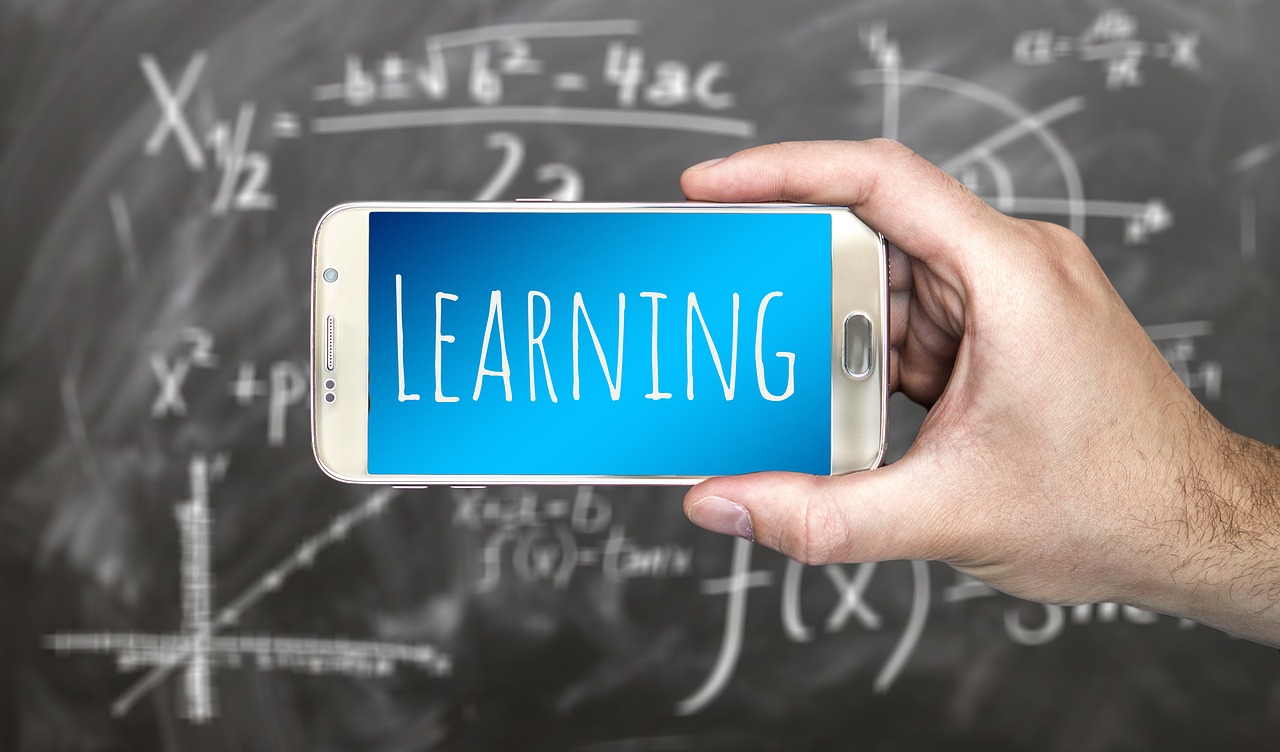The Role Of Memory In Learning

Memory is the superior (logical or intellectual) cognitive activity that defines our intellectual organization’s temporal dimension. It refers to our ability to encode, store, retain, and then recall information and previous experiences. What role does it play in learning?
What Is Memory’s Actual Role in Learning?
I’ve been captivated by the human brain since I was a child. Understanding one’s thoughts, memories, and actions are incredibly difficult. As a learning professional, I rely on brain science to ensure that the programs I create are effective. This essay series discusses some of the most fundamental notions of memory and learning, as well as their application in real-world learning design. Let us begin from the beginning…
Memory is the supreme (logical or intellectual) cognitive activity that defines our mental organization’s temporal dimension. It refers to our ability to encode, store, retain, and then recall information and previous experiences.
Memory plays an important part in life, reflecting the past as the past and allowing for the reuse of all past and present events, as well as ensuring continuity between what was and what was to be.
Memory is an active, subjective, and intelligent reflection of our past experiences.
Memory is related to learning, but it is not the same thing. Human memory is comprised of three major processes:
- Encoding
Changing information so that it can be kept in memory.
- Storing
Keeping encoded information in memory.
- Retrieving
Regaining access to previously encoded and stored information.
The first process that the human memory initiates is encoding. In general, the effectiveness of the encoding process determines the efficiency of learning. It is an active and selective process that is influenced by a variety of circumstances. Encoding efficiency can be influenced by three sorts of factors:
- Content Factors
About the item to be encoded
- External variables
Affects the conditions under which the encoding occurs.
- Subjective factors
These are variables that are in play while encoding occurs.
The following are the content factors:
- The volume of the material is one of the content criteria (the greater the volume, the more difficult the encoding).
- The degree to which the content is organized (the better organized, the easier the encoding).
- The level of familiarity
- The position of the information in the content’s structure; that is, at the introduction, midst, or ending of the material (information placed at the beginning and the end tends to be stored more easily than that placed in the middle).
- The material’s composition.
Environmental elements, while not generally regarded as crucial, play an important role in the remembering process. Temperature, humidity, loudness, affection, socio-emotional climate, and other environmental elements are only a few examples. The encoding process may be enhanced or hindered depending on various factors.
Subjective influences can include the learner’s level of rest or tiredness, health, or disease. Motivation, interests, and disposition are crucial to the encoding process, which is why we spend so much time as Instructional Designers outlining “What’s in it for me?” for all training courses.
The second phase allows encoded information to be preserved in storage. Storing, like encoding, is an active and selective process. Even if the subject is not fully aware of the process, the information is permanently altered, restructured, and included in new links as long as it is stored. Storing information entails both quantitative (duration of retention) and qualitative (fidelity of retention) considerations.
There are two levels of memory based on retention duration:
- Short-term memory (STM)
- Long-term memory (LTM)
Both of these operate as filters, shielding our brains from the massive quantity of information we are exposed to daily. The more knowledge that is repeated or used, the more likely it is that it will be preserved in long-term memory (which is why, for example, reinforcement of the concepts learned is important when designing a learning program). This is the consolidation process, which involves the stabilization of a memory trace after it has been acquired.
The process of obtaining stored information is known as retrieval. This happens as a result of recognition or memory. Recognition is the association of an event or object with something one has previously experienced or encountered, and it is a process of comparing the information with memory, such as recognizing a known face or answering true/false or multiple choice questions. Recalling a fact, event, or object needs the direct retrieval of information from memory, such as remembering the name of a recognized person or answering fill-in-the-blank questions. Recognition is easier since it simply takes one process—a simple choice about familiarity. Full recall necessitates a two-step process: first, searching for and retrieving several items from memory, and then selecting the correct information among the multiple items retrieved.
Endel Tulving’s theory of encoding specificity adds another component to the recall process. According to this hypothesis, recall uses information from both the memory trace and the environment in which it is recovered. Essentially, recall improves when the encoding and retrieval conditions are identical.
Memory and forgetting are inextricably linked. There is a lot of literature on the forgetting curve, but to summarize, remember that forgetting has different causes and rhythms at different ages and that repetition is the most effective strategy to counteract forgetting. To be genuinely efficient, repetition should take into account the following criteria:
- Achieve the ideal quantity of repetition.
Though it may seem counterintuitive, forgetfulness is related to both under and over repetition.
- Separate the repetitions.
The number and length of pauses vary according to the volume and intricacy of the material.
- Employ proper repetition “formulas.”
Logic is preferred to mechanical repetition, as is active repetition over passive repetition.
Memory is necessary for learning, but it also depends on learning because the information stored in one’s memory serves as the foundation for associating new knowledge. It is a symbiotic partnership that evolves throughout our lives. The following post in this series will look at how to apply these ideas to learning design. Because we’re all trying to figure out how to be more like elephants.






